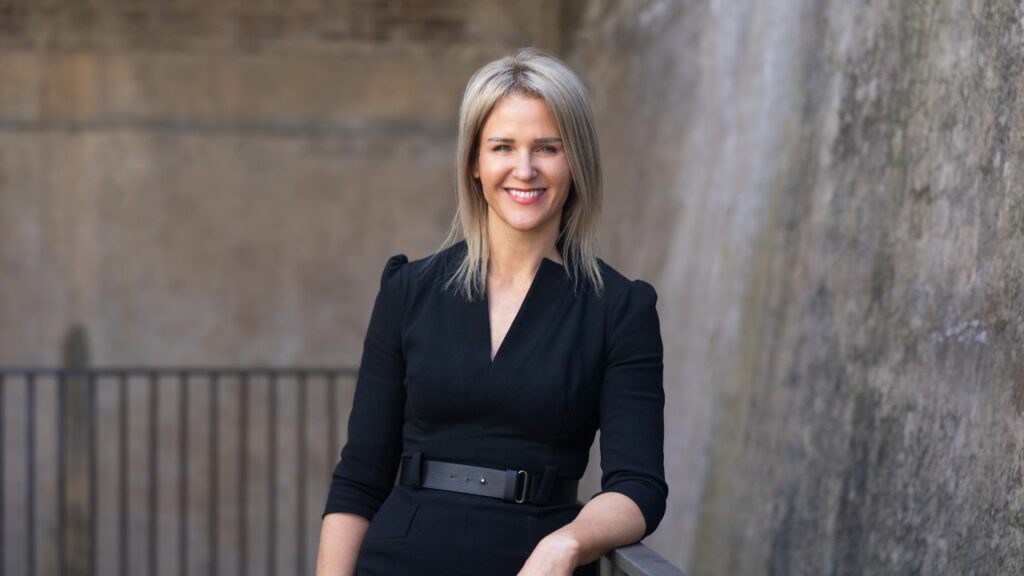Instability in the global banking sector could cause the Reserve Bank of Australia to think more carefully about raising the cash rate next month according to a leading economist.
Ray White Chief Economist Nerida Conisbee said the Silicon Valley Bank collapse in the US and the $4.8 billion UBS takeover of Credit Suisse would certainly have caught the attention of the RBA and they’d be watching the situation closely.
“Any financial turmoil in global markets does flow through to Australia to some extent and it would be leading to the Reserve Bank thinking a bit more carefully about whether they increase rates in April,” Ms Conisbee said.
Ms Conisbee said she believed the RBA would pause interest rates next month before another potential rate rise in May.
“The ASX cash rate futures index is suggesting that we’re in for one more rate rise and it probably won’t be in April but will probably be in May,” she said.
“But things change really quickly and if inflation comes down quicker than expected and if the financial problems in the US somehow flow through to Australia, all of those things could lead to quite different outcomes.”
But Ms Conisbee said it was unlikely what happened with SVB would happen with Australian banks.
“One of the big problems in the US is that their banking system is hypercompetitive compared to ours,” she said.
“So it does make banks more susceptible to any challenges and one of the main reasons SVB went under is because they were relying on government bonds moving in a certain direction and obviously, with interest rates increasing at such a rapid rate, they weren’t moving in the right direction, so they were losing a lot of value.”

In a speech to the KangaNews DCM Summit earlier this week, RBA Assistant Governor Christopher Kent quelled fears of banking collapses here and said Australian banks were “unquestionably strong”.
“Conditions in global bond markets have been strained recently following the failure of Silicon Valley Bank in the United States,” he said.
“Volatility in Australian financial markets has picked up but markets are still functioning and, most importantly, Australian banks are unquestionably strong – the banks’ capital and liquidity positions are well above APRA’s regulatory requirements.
“Banks are already well advanced on their bond issuance plans for the year and could defer their bond issuance for a while.
“Even if markets remain strained for a time, Australian banks’ issuance will continue to benefit from the strength of their balance sheets.”
PRD Real Estate Chief Economist Dr Diaswati Mardiasmo said the RBA would be watching what’s happening on the global scene but the central bank made decisions based on the impact on aggregate Australia and not micro sectors.
She said there were three main things the RBA analysed when considering interest rates – inflation, wages growth and household savings.
“At the moment inflation has come down a little bit, even though it’s only slightly, they are still seeing some wage growth happening across all industries, but the one thing the RBA is concerned about is the fact that our household savings, as an aggregate, has dipped below the five per cent normal threshold,” she said.

Despite the drop in household savings Dr Mardiasmo said the cash rate could still increase in April as the RBA would like to see inflation drop consistently and stay down.
“To them inflation is still not under control because they haven’t seen that it’s gone down, gone down consecutively and is staying down,” she said.
“That is actually a prelude, because to them, their main goal with the cash rate is to try and pull inflation down, so until they see there’s some real results in that, their main tool is still increasing the cash rate.”
Dr Mardiasmo also pointed out that the RBA said the terminal rate would be about 4 to 4.1 per cent and if they held steady in that belief they needed to decide if reaching that point would be a “slow climb” or if they would take a faster, steeper route in an attempt to “shock the economy”.
“We’ve always done 25 basis points normally,” she said.
“We did do a couple of 50 basis points at the start to try and shock the economy, but the US Reserve Bank have done four 75 basis points (rises) to try and shock the economy even further.
“At the moment, I’m going to be completely honest, it’s anyone’s guess what the RBA is going to do… but the RBA will always go back to the three key items that they look at and that’s wages growth, inflation and household savings.
“Now that household savings has dipped below five per cent, this is now the time for them to get a little bit more concerned about how it’s all impacting the economy.”

